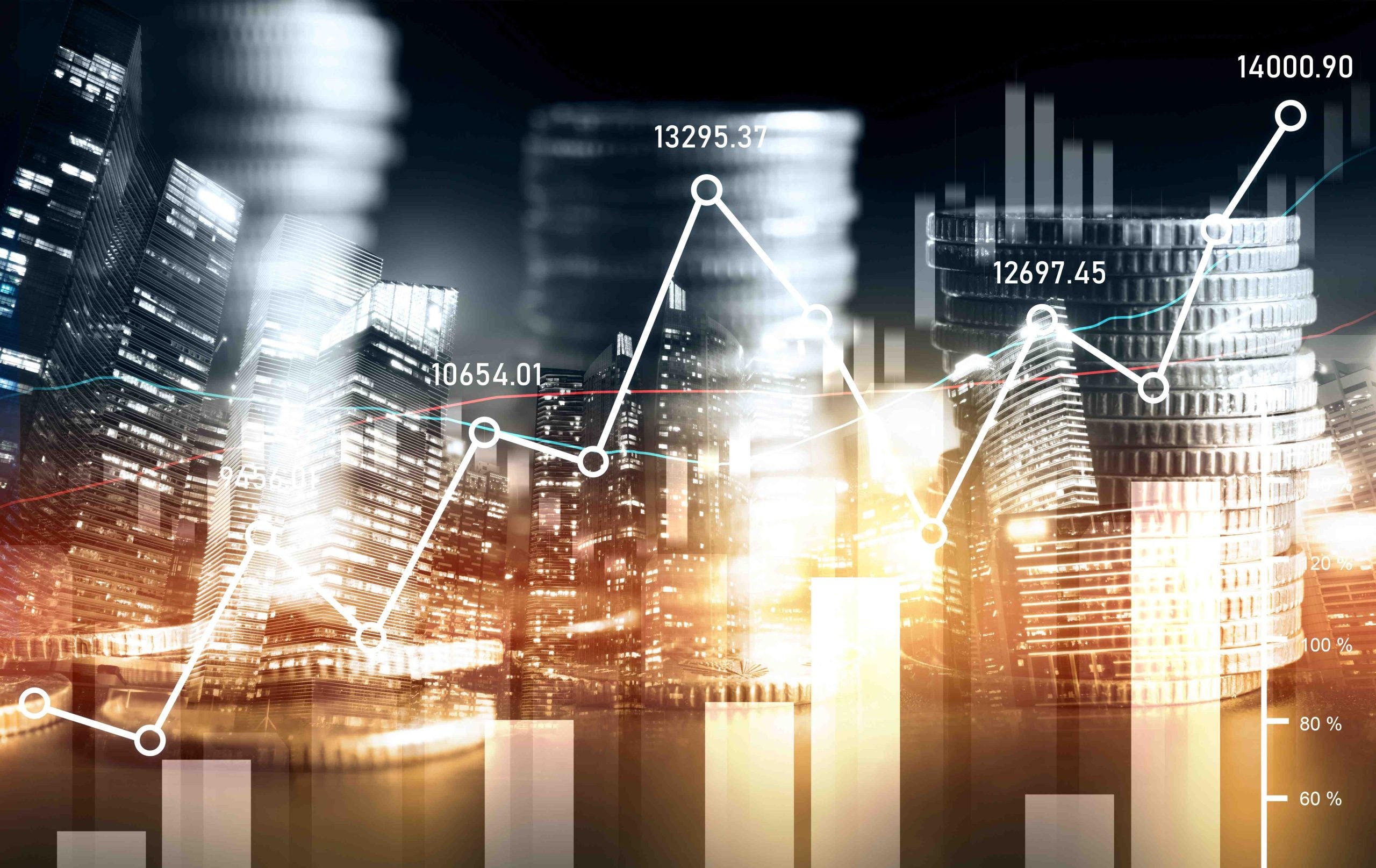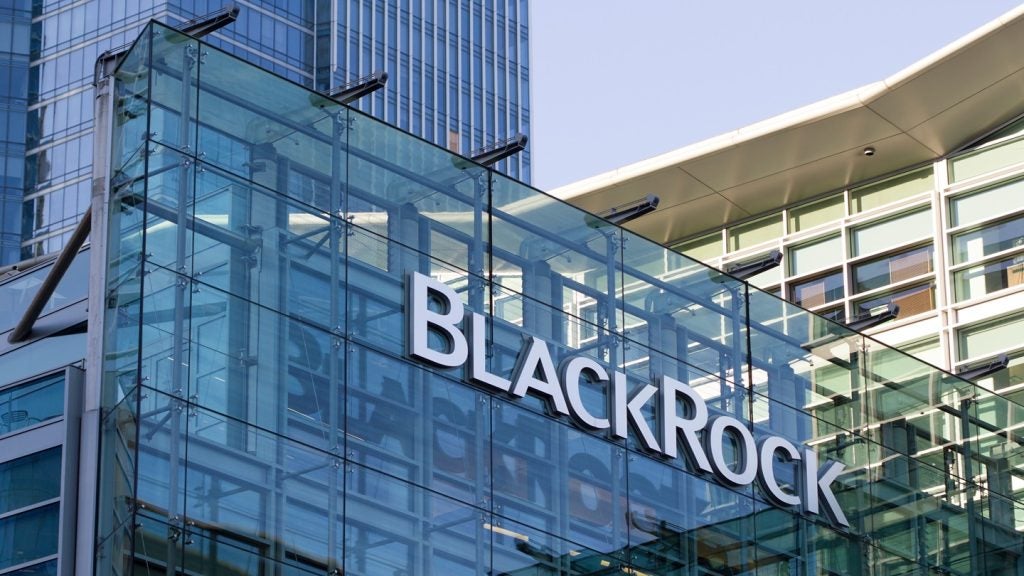From iconic fashion items to rare collectibles, high-end assets are not only symbols of status but can also be resilient in uncertain times. Many will be familiar with the likes of gold, wines and fine art as popular safe haven assets in times of economic uncertainty. Such assets also often outperform more traditional investments, and offer a place for affluent investors to diversify and safeguard their wealth for the long term.
Less talked about however is the luxury sector itself. Where opulence and exclusivity reign supreme, a select group of companies have established themselves as market leaders. Over the last few decades, the industry has witnessed significant growth, expanding its range of participants and products to include fashion, jewellery, watches, cosmetics, automotives and hospitality.
Looking at the luxury sector by market capitalisation, nine of the top 10 companies according to Bloomberg are listed on European exchanges, with four in France, three in Italy, and one each in Switzerland and Denmark. This includes LVMH, Hermès International, EssilorLuxottica, Compaigne Financiere Richemont, Ferrari, Kering, Parada, Moncler and Pandora. Christian Dior, if noticeable by absence, is nearly 100% owned by LVMH and so consolidated within its accounts.
High-end assets under the microscope
But beyond the glitz and glamour, the sector has come under the microscope in recent months, with sales and profitability in some of the industry heavyweights constrained by an aggressive inflationary environment in the Western world, a lack of economic recovery in China, and heightened geopolitical issues.
Kering has been the most exposed to this deterioration in earnings, as the business was exposed to the Chinese market and brands that are more cyclical than the higher-end luxury brands of LVMH and Hermès.
The newly hired lead designer Sabato de Sarno at its flagship Gucci brand has also failed to turn the company’s fortunes around. Management is focussed on ensuring the company returns to growth with further investment into the core brands in terms of product and brand awareness.
How well do you really know your competitors?
Access the most comprehensive Company Profiles on the market, powered by GlobalData. Save hours of research. Gain competitive edge.

Thank you!
Your download email will arrive shortly
Not ready to buy yet? Download a free sample
We are confident about the unique quality of our Company Profiles. However, we want you to make the most beneficial decision for your business, so we offer a free sample that you can download by submitting the below form
By GlobalDataMeanwhile LVMH – which historically has been perceived as a bellwether for the industry because of its size and footprint of more than 75 countries, offering high luxury products from watches, wine and spirits, bags and travel – has also not been immune to the slowdown in China.
Immunity to the downturn
However, other companies in the sector have so far been immune to the downturn in profitability. One of these is Hermès, which in its most recent quarter experienced above-consensus earnings growth as wealthy consumers, even in China, continued to buy its high-end luxury leather goods, which include handbags of $10,000 or more.
Elsewhere, Ferrari has also continued to maintain its growth trajectory, thanks to management’s strict control of the supply of new vehicles and investment in brand awareness.
The company continues to increase production of cars globally, focussed on only a handful of models, but with demand expected to significantly outstrip supply, meaning earnings should continue to be economically agnostic. Ferrari is without doubt one of the best run automotive companies in the world and its price to earnings multiple reinforces it as a leading global luxury brand.
Meanwhile, EssilorLuxottica has enjoyed a noticeable earnings expansion recently, which is expected to continue over the medium term as it diversifies away from ordinary eyewear to smart glasses. Currently the company is collaborating with Meta to develop revamped versions of the ‘Ray-Ban Meta.’ Smart glasses are only in their infancy in terms of functionality and consumer use but this will change when further products are made available to the general public. The confidence in the potential growth was further underlined by Meta considering acquiring a stake in EssilorLuxottica earlier this year.
Short-term uncertainty, long-term promise
According to Bloomberg consensus forward earnings, European Luxury sector earnings growth is expected to be relatively strong, with only Kering’s earnings forecast to be negative.
By and large, despite headwinds the sector has managed to maintain pricing discipline, even in a more benign economic environment, and ensured that products are distributed to areas of growth to ensure there is limited inventory build-up.
This should leave the sector in an advantageous position to benefit when demand returns, particularly from China, which was one of the major engines of growth over the last couple of decades.
There is also reason to believe the elevated multiples that the likes of Ferrari and Hermès are trading on reasonably reflect the anticipated earnings growth over the medium term. Although the recent weakness in LVMH and Kering has caught our attention, Forbes still forecasts that the luxury goods market will expand from $283bn in 2022 to $392bn by 2030.
While the short-future outlook for the sector may be uncertain, the long-term prospects appear promising. After all, there is something to be said for the little luxuries in life.

William Lamond is an investment director at Oakglen Wealth








